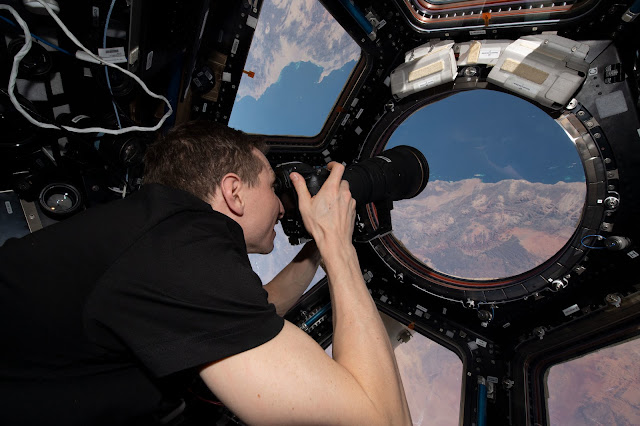'Castell Henllys' from Above | NASA's Ingenuity Mars Helicopter | JPL
This image and others taken during the flight provided advanced reconnaissance to Perseverance scientists and planners roughly two weeks before the rover reached this area.
Ingenuity's rotors measure 1.2 m (4 ft), and its entire body is 0.49 m (1 ft 7 in) tall. Its fuselage measures 13.6 cm × 19.5 cm × 16.3 cm (5.4 in × 7.7 in × 6.4 in), with four landing legs of 0.384 m (1 ft 3.1 in) each. It is operated by solar-charged batteries that power dual counter-rotating rotors mounted one above the other.
The Martian atmosphere is extremely thin—at the surface just about one percent of the pressure of Earth’s atmosphere at sea level.
Ingenuity Fact Sheet:
https://mars.nasa.gov/files/mars2020/MarsHelicopterIngenuity_FactSheet.pdf
The Ingenuity Mars Helicopter was built by the Jet Propulsion Laboratory (JPL), which also manages this technology demonstration project for NASA Headquarters. It is supported by NASA’s Science, Aeronautics, and Space Technology mission directorates. NASA’s Ames Research Center in California’s Silicon Valley and NASA’s Langley Research Center in Hampton, Virginia, provided significant flight performance analysis and technical assistance during Ingenuity’s development. AeroVironment Inc., Qualcomm, and SolAero also provided design assistance and major vehicle components. Lockheed Martin Space designed and manufactured the Mars Helicopter Delivery System.
Credit: NASA/JPL-Caltech
Release Date: May 26, 2023
#NASA #Space #Astronomy #Science #Mars #RedPlanet #Planet #Atmosphere #JezeroCrater #PerseveranceRover #Mars2020 #IngenuityFlight48 #Sol741 #Robotics #IngenuityMarsHelicopter #Ginny #Aircraft #SolarPowered #History #Technology #Engineering #SolarSystem #SpaceExploration #JPL #Caltech #UnitedStates #JourneyToMars #STEM #Education


%20Bart%20Delsaert.jpg)
.jpg)
.jpg)








.jpg)
.jpg)






